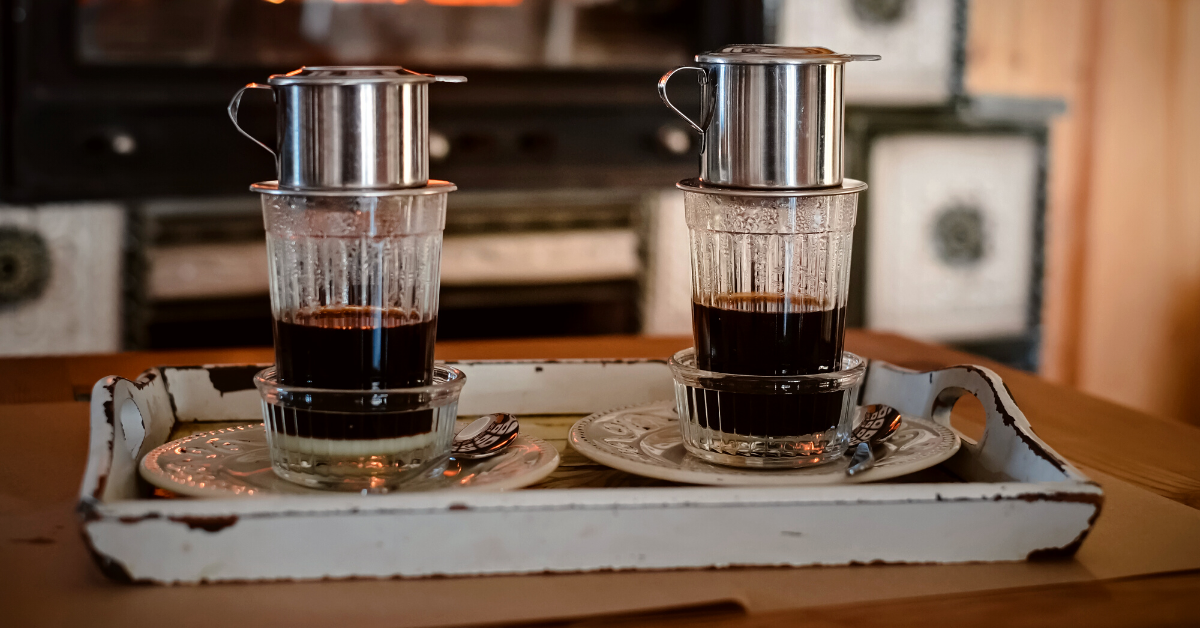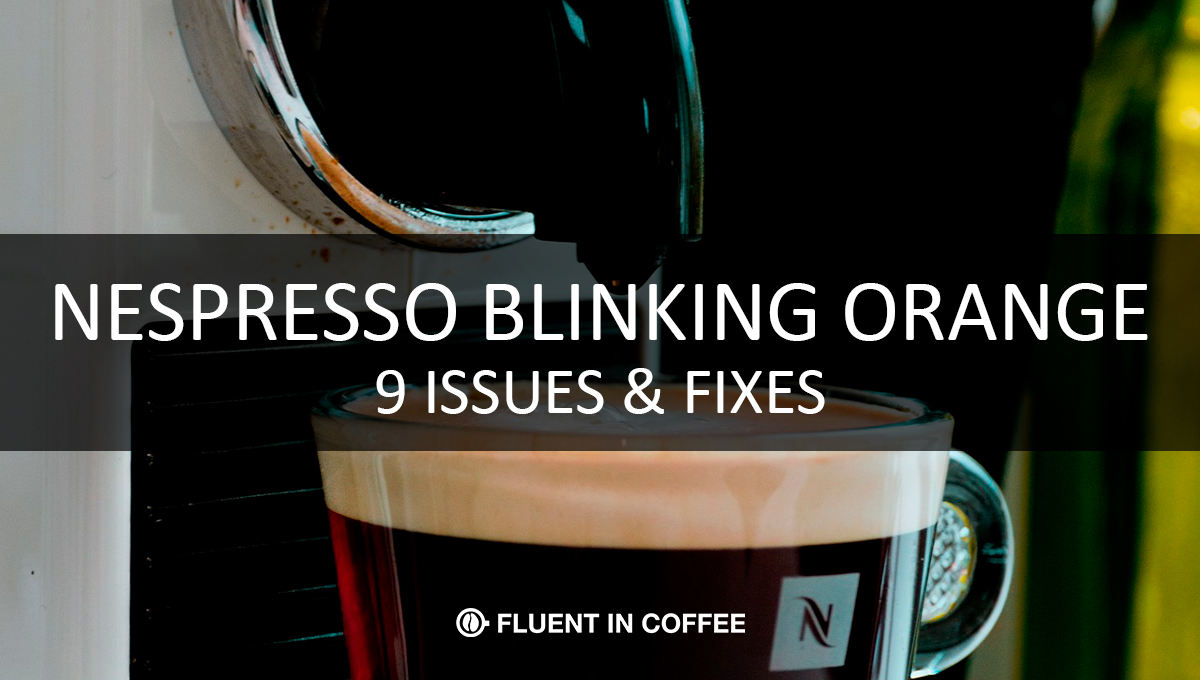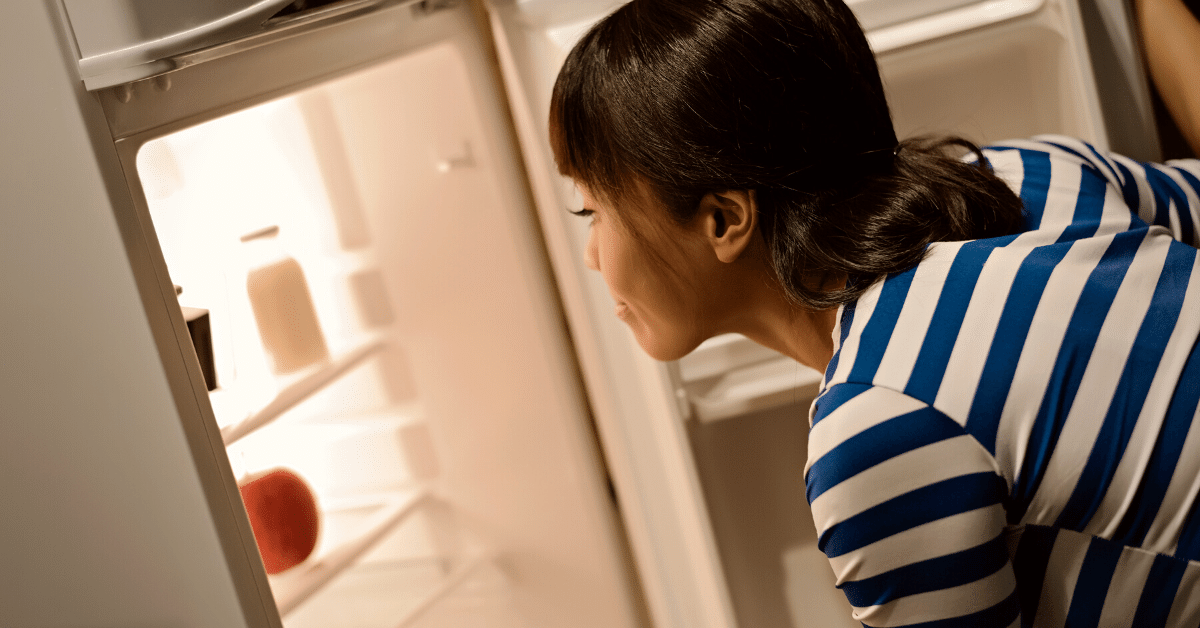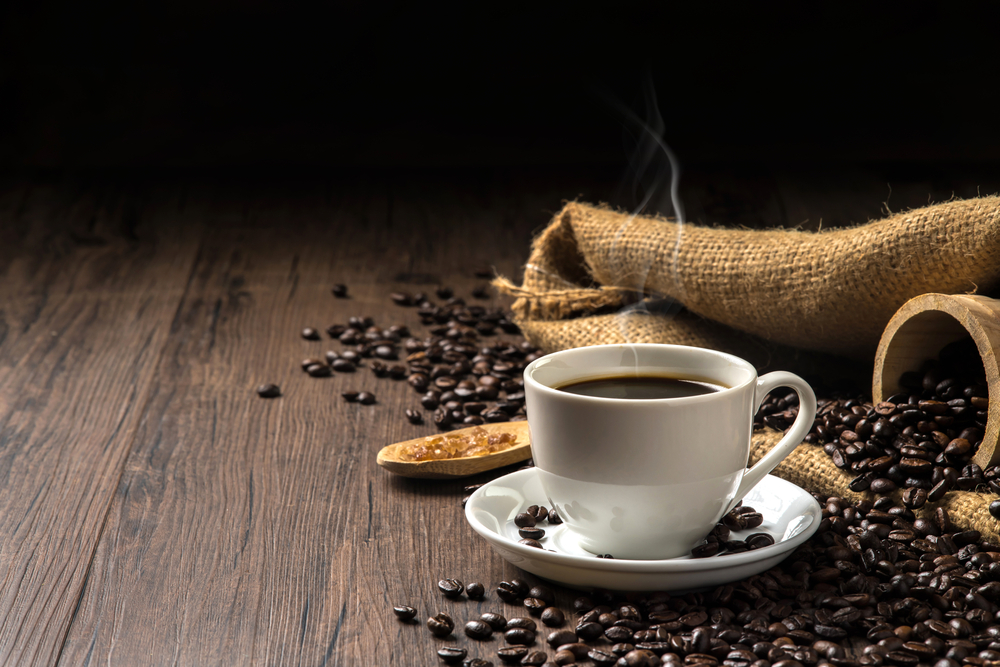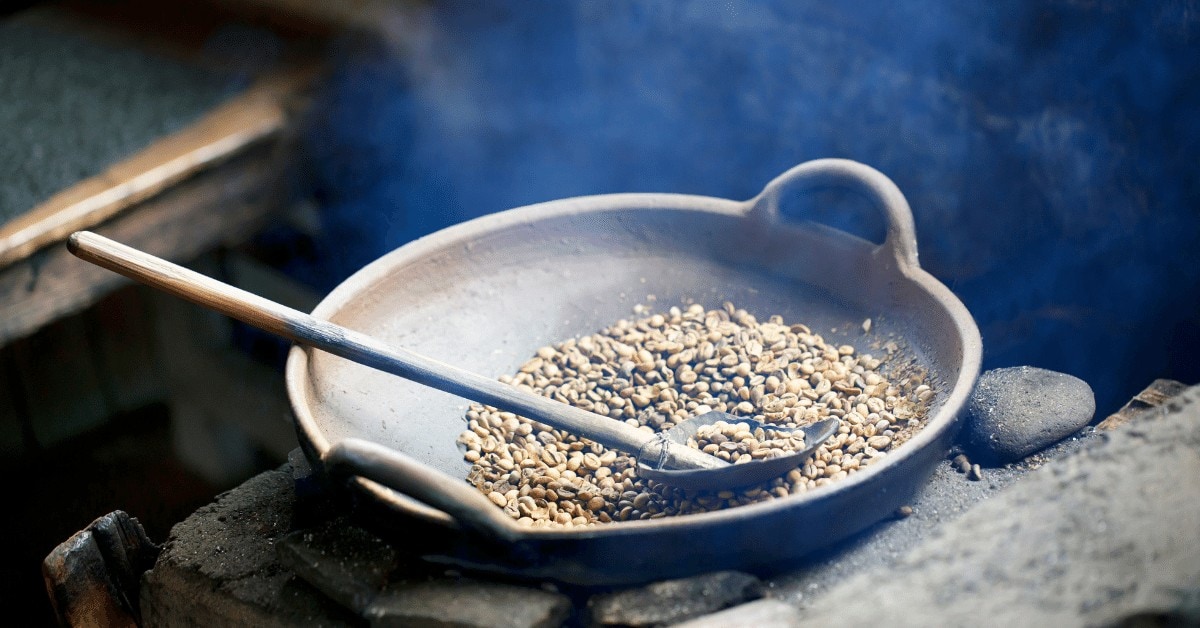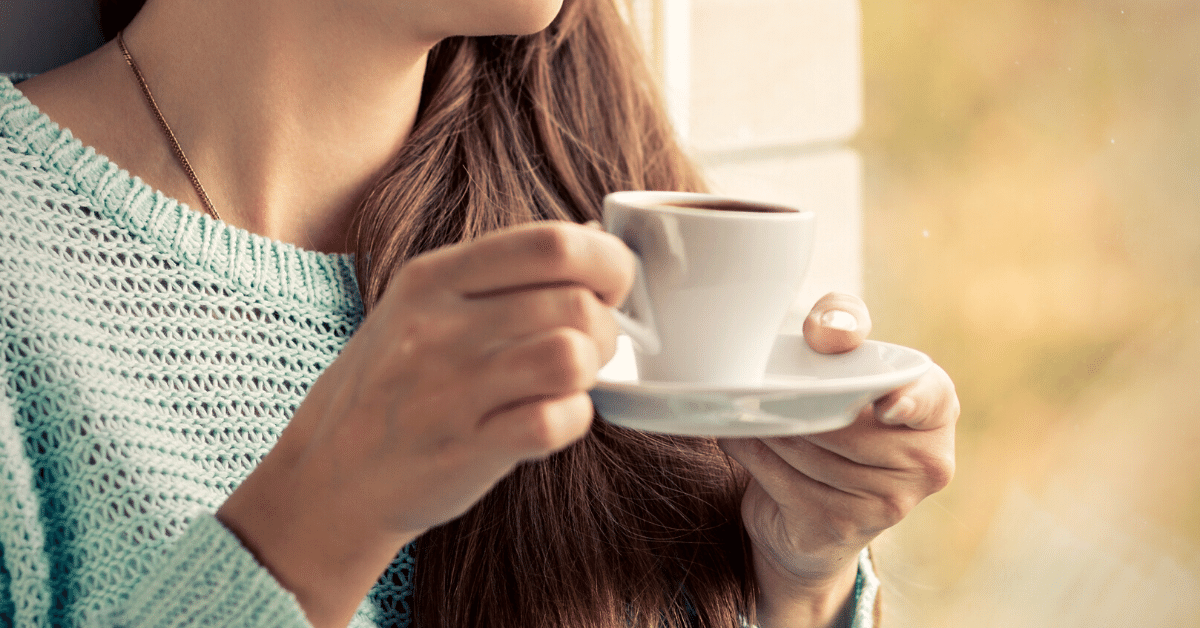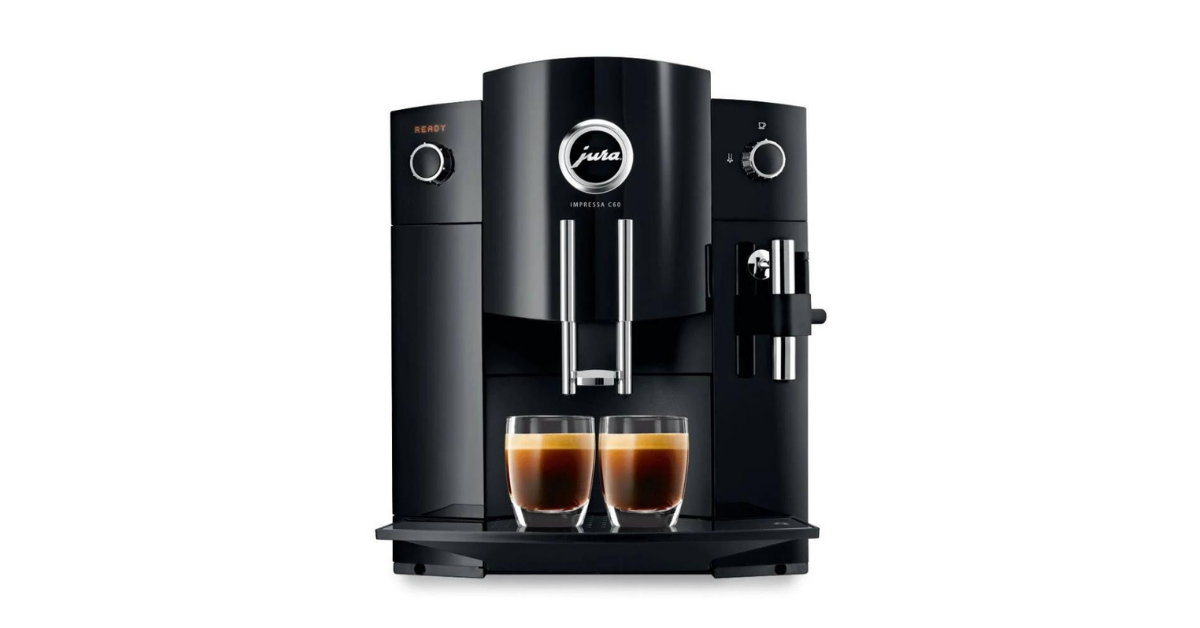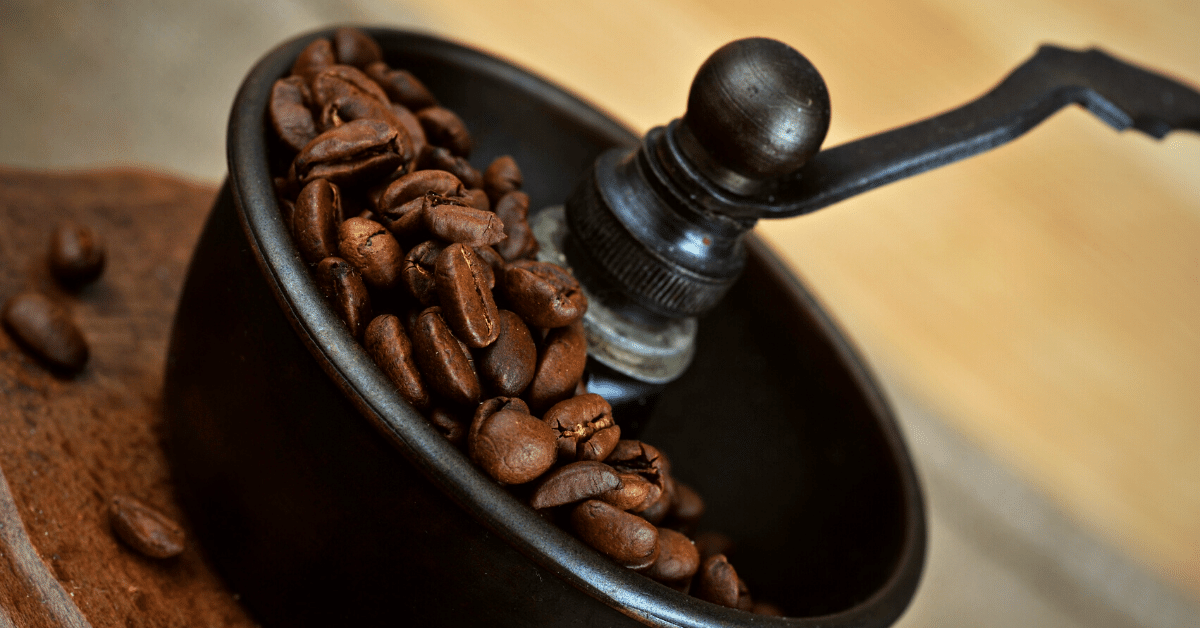Want to know more about Vietnamese coffee caffeine content? Dive into our article and find out the reason why this coffee is so strong.
If you’ve ever had Vietnamese coffee at a restaurant, you might be wondering how strong it is.
All that cream and sugar can, after all, be pretty deceptive.
So, to help you out, I’ve done the research. I’ve even spoken with Vietnamese locals to get the inside scoop on Vietnamese coffee caffeine content!
Let’s take a look.
Why Is Vietnamese Coffee So Strong?
If you’ve ever tried Vietnamese coffee, you probably know that it’s pretty strong. Even if you add cream and sugar, you won’t lose sight of the coffee flavors.
The Vietnamese have a deeply rooted coffee culture they take seriously. In fact, Vietnam is the second-greatest coffee exporter in the world.
There are a few reasons, however, in particular as to why Vietnamese coffee is so strong.
Let’s go over them in a bit more detail.
Type of Beans
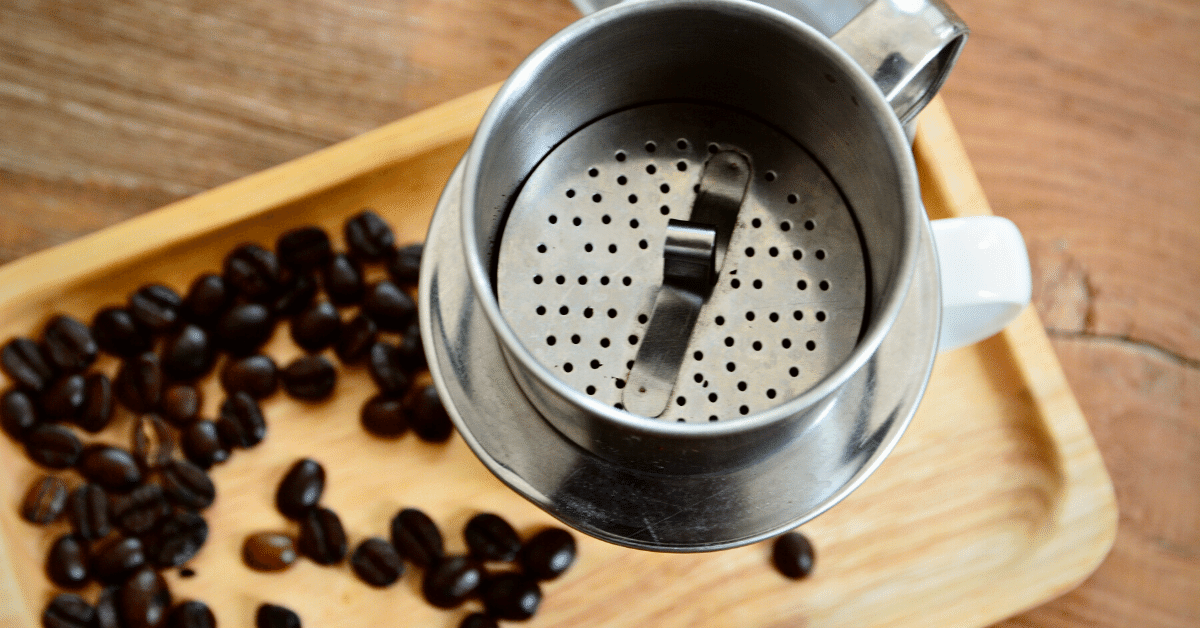
One of the main reasons behind Vietnamese coffee’s intensity is the type of beans used.
Your not-so-ordinary cup of Joe uses Robusta beans. These beans have almost twice the amount of caffeine as Arabica beans.
Thanks to the beans’ higher caffeine content, the brewed coffee has a more pungent and bitter taste.
Robusta beans also have lower lipids and natural sugars. Hence, the coffee taste is bolder with subtle hints of chocolate.
If you can’t imagine the taste of plain black Robusta, just think of it as a thicker espresso with a more defined and deeper flavor.
Even a small glass of Vietnamese coffee has the same strength as four Arabica espresso shots!
This is also why Vietnamese coffee is rarely served black. You often see it paired with yogurt, sweetened condensed milk, or even egg whites.
These sweeteners balance out Vietnamese coffee’s overall bitterness.
Roast
Another thing that affects the flavor of Vietnamese coffee is the type of roast.
Traditional Vietnamese coffee is brewed using dark roast Robusta beans.
However, unlike your standard dark roast, these beans are roasted for long periods of time at lower temperatures. This is the opposite of usual dark roasts, which are roasted for short times at high temperatures.
This Vietnamese coffee bean roasting process yields a more consistent taste with no oxidation or sugar breakdown.
The dark roast Robusta bean also gives your Vietnamese coffee a signature darker color and bolder flavor.
Grind Size
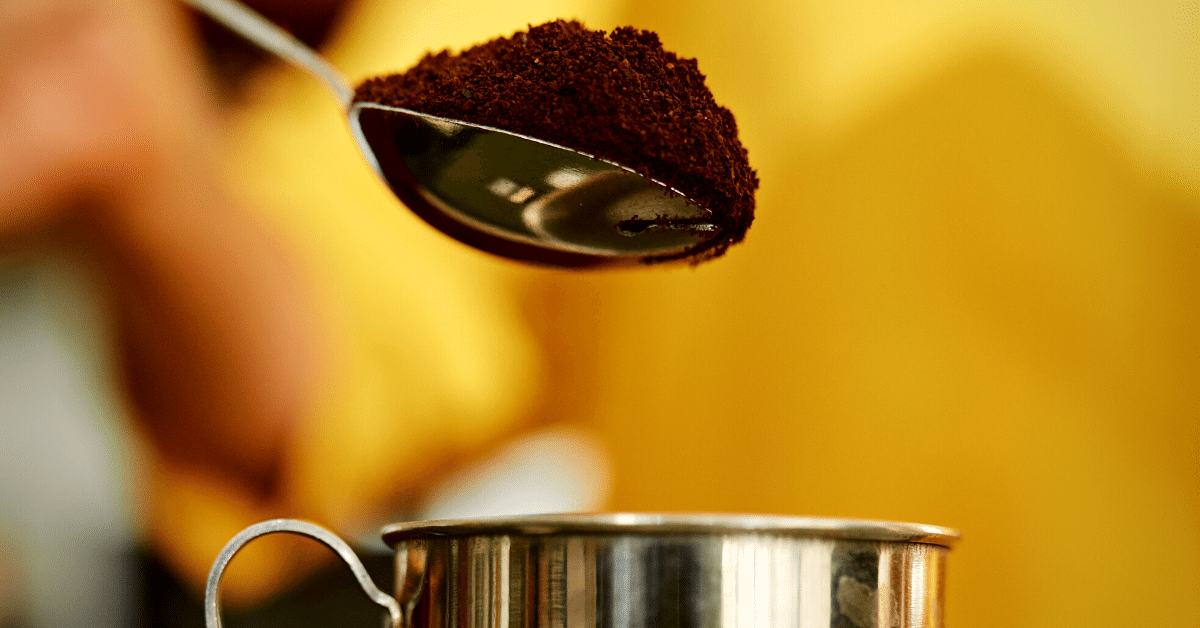
Grind size also matters.
Vietnamese coffee is strong because it uses medium to finely ground coffee beans. This grind size ensures water dissipates through the beans for maximum flavor extraction.
Unlike finely ground coffee, the coarse grind has less flow rate control. So, there’s a higher risk of water simply dripping through.
It’s also why it’s more common for a coarse coffee ground to have a less intense coffee taste.
There’s also a greater surface area exposure with finer grind sizes. This pulls out the most caffeine from your beans (perfect for a Monday morning).
Brewing Method
Vietnamese coffee has a unique brewing method that uses a Phin. This is a special type of Vietnamese drip coffee.
Phins are made up of four main parts:
- Metal filter
- Tamper for packing the grounds
- Brewing chamber
- Phin cover for storing the heat
The process takes more brewing time. As a result, there’s a higher caffeine release.
One cup of Vietnamese coffee normally takes three to five minutes to brew. This is a bit longer than, say, an Aeropress, which takes only about 2.5 minutes.
How Much Caffeine is in Vietnamese Coffee?
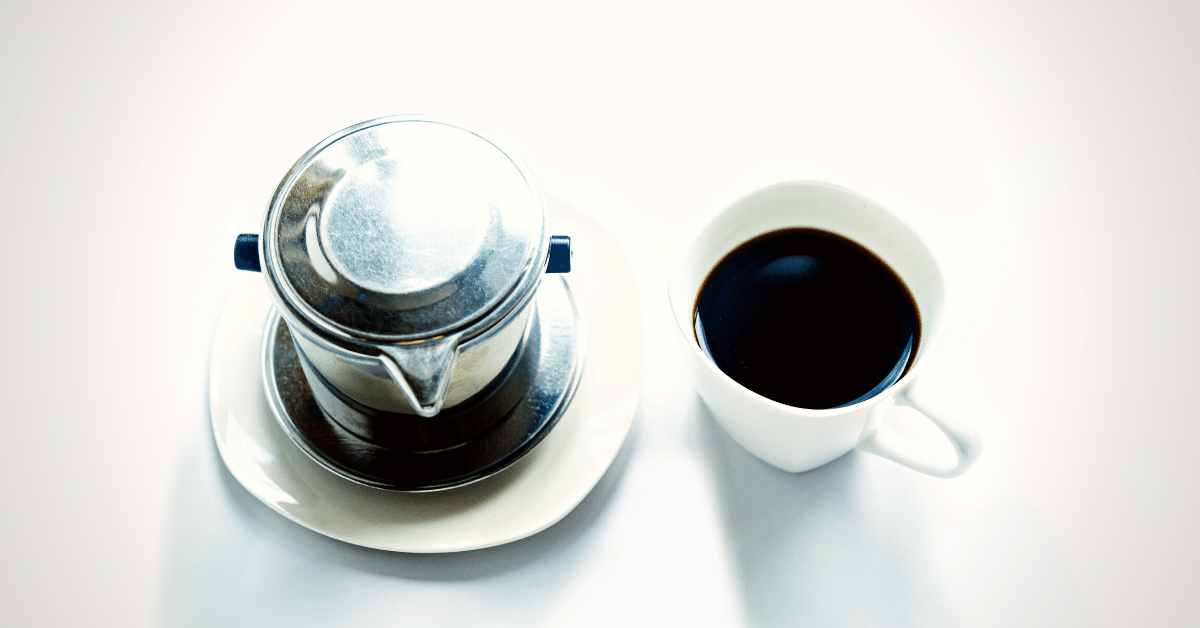
If you haven’t yet tried Vietnamese coffee, beware. Unless you want to pull an all-nighter, have a cup in the morning.
Vietnamese coffee is quite a bit stronger than regular coffee.
As mentioned, Robusta beans have more caffeine content than Arabica. A 6-ounce cup of Robusta contains 200 mg of caffeine.
The same amount of Arabica coffee only has 130 mg.
Remember that the FDA only recommends 400 milligrams of caffeine every day. That means you can’t drink more than two cups of Vietnamese coffee.
Here are a couple of other coffee preparations to give you a point of reference for how much caffeine Vietnamese coffee contains.
| Type of Coffee | Caffeine Content |
| Vietnamese Coffee | 265 milligrams per 8 ounces |
| Starbucks drip Dark Roast | 190 milligrams per 8 ounces |
| Black Coffee | Around 50 to 200 milligrams per 8 ounces |
| Espresso | 64 milligrams per ounce |
If you’re looking at servings, espresso technically still has the most caffeine. However, you usually won’t drink more than one espresso in a sitting.
As a result, you’re more likely to get more caffeine from a cup of Vietnamese coffee.
It also pays to know that besides coffee, Vietnamese coffee has more caffeine than many energy drinks.
An 8-ounce energy drink typically has only 77 milligrams of caffeine.
Even if you try drinking a bigger one, it still won’t outnumber how much caffeine Vietnamese coffee has!
How is Vietnamese Coffee Made?
If you prefer it the traditional way, you need a Vietnamese Phin or a stainless steel drip filter to make Vietnamese coffee.
As mentioned earlier, a Vietnamese Phin has four parts:
- The plate
- The body
- The lid or cover
- A press disk
You’ll need to keep this in mind as you make Vietnamese coffee on your own.
From there, you’re ready to start making your own coffee! For this recipe, you’ll need:
- 2 tablespoons of sweetened condensed milk
- 2 tablespoons of coffee
- 12 ounces of hot water
With that, you’re ready to get started! Here are the steps you’ll need to take:
- Pour at least two tablespoons of your sweetened condensed milk into an 8-ounce glass. Place the Phin above it.
- Twist the Phin chamber’s filter plate to open and add three tablespoons of your chosen coffee beans. Shake the Phin to even out the grounds.
- Twist the filter plate back so that it’s pressing against the coffee grounds. But be careful not to twist the plate too tightly.
- Pour an ounce of boiling water into your Phin. Wait for 40 seconds to allow the coffee grounds to expand fully and bloom.
- Pour another 4 ounces of hot water into the Phin and cover it with the lid. Coffee should start to drip into your cup slowly. The brewing time takes about four to five minutes.
- Stir your Vietnamese coffee and serve it with ice if you prefer.
A French Press also works if you don’t have the traditional Phin. This preserves the coffee’s natural taste. In fact, this brewing method yields coffee with almost the same taste as using the Phin.
Another benefit of using the French press is it allows you to make more coffee at once. French Presses tend to come in larger sizes than Phins, so you can make more at once.
PRO TIP
If you don’t have a French Press, stovetop coffee pots work too! They can make great-tasting espresso, so using them in Vietnamese coffee shouldn’t be a problem.
FAQs About Vietnamese Coffee Caffeine
Still got a few questions about Vietnamese coffee? Let’s go over a few frequently asked questions to clear things up.
Is Vietnamese coffee unhealthy?
No. Vietnamese coffee is one of the healthiest coffee drinks you can find. That’s because they use Robusta beans, which contain high levels of antioxidants.
Why is Vietnamese coffee so sweet?
Most baristas serve their Vietnamese coffee with sweetened condensed milk or other sweeteners. As a result, it tends to be quite sweet. However, if you were to drink it black, you might find that it’s a bit more bitter than standard brews.
Why does Vietnamese coffee taste like alcohol?
Vietnamese coffee beans are roasted on low heat, often just before serving. This leads to a strong flavor with slight alcoholic notes in it.
Conclusion
Vietnamese coffee‘s caffeine content is around 265 milligrams. That’s about four to five espresso shots!
As a result, it’s your best friend when you need to stay up all night studying for a long exam.
The reason Vietnamese coffee is so strong has to do with the long roasting process and the use of Robusta beans. The Phin brewing method can also play a role.
Whatever the case, if you want to try Vietnamese coffee, just be prepared for a long night ahead!
Want to find out how strong is your cup of nitro cold brew? Check out this guide to nitro cold brew caffeine content.

